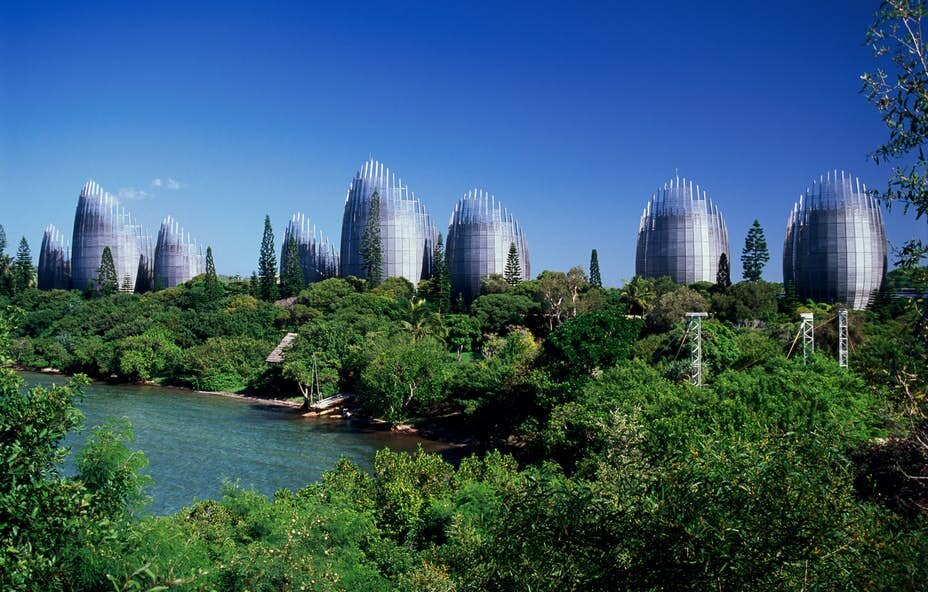Biophilic and Biomorphic Design
What are biophilic and biomorphic design?
Biophilia is a term popularized by Harvard University myrmecologist and conservationist E.O. Wilson to describe the extent to which humans are hard-wired to need connection with nature and other forms of life. Biomorphism models artistic design elements on naturally occurring patterns or shapes reminiscent of nature and living organisms.Biophilic Design is an innovative way of designing the places where we live, work, and learn. We need nature in a deep and fundamental fashion, but we have often designed our cities and suburbs in ways that both degrade the environment and alienate us from nature.Biomorphic Design bases its shape on human and animal forms, and this type of shape is inspired from mother nature herself. Taken to its extreme it attempts to force naturally occurring shapes onto functional devices. There are no straight lines in Nature, just free-forms. This is a building system that can afford structural design the ability to disappear into the wilderness.
Here's why we need more biophilic and biomorphic design:
Biophilic and biomorphic design can reduce stress and enhance creativity or clarity of thought. It improves our well-being and expedites healing. As the world population continues to urbanize, these qualities are ever more important.We see the following in patterns of biophilic design:
Nature in the Space Patterns:
Visual Connection with Nature
Non-Visual Connection with Nature
Non-Rhythmic Sensory Stimuli
Thermal & Airflow Variability
Presence of Water
Dynamic & Diffuse Light
Connection with Natural Systems
Natural Analogues Patterns:
Biomorphic Forms & Patterns
Material Connection with Nature
Complexity & Order
Nature of the Space Patterns:
Prospect
Refuge
Mystery
Risk/Peril
Case studies in biophilic / biomorphic design:
Park Royal Tower Singapore
with twice as much greenery as the nearby Hong Lim Park it boasts a whopping 15,000 square meters of green space
overrun with vertical gardens, contoured green pathways, water features, and leafy terraces
planted with a variety of plant species that scrub the air clean of any emissions produced there
overall environmental impact is mitigated by the extensive planting and kept to a minimum with pre-fabricated parts and open sides that promote natural lighting and ventilation throughout the building
almost completely self-sustaining with a rainwater harvesting system will ensure that no new water will be used to irrigate the green spaces
Renzo Piano’s Tjibaou Cultural Center
design inspired by Kanak chiefs’ houses and intended to resemble their traditional architecture
form of the shells is a blend of traditional construction methods and a tapered, dematerializing profile that plays off the texture of the surrounding trees
the exterior voids in the buildings physically open the project to the site to deepen the inhabitants’ sense of place
an intelligent passive ventilation system removes the need for air conditioning, making the building’s clean, natural air supply an experiential part of the design
Oluf Lund and Eva Paarmann Sea-Inspired Lounge Chairs
bring the nature and the ocean inside
the Lobster chair is engineered from its namesake and the Shelly chair takes its form from the crayfish
manufactured exclusively in Denmark using the finest materials from the best Danish suppliers
leather used is top-quality natural Aniline and each chair features a chrome-plated steel swivel base
Nest Chair
the work of the famous designer Nina Bruun from Copenhagen
resembles a Spring bird the nest
composed of the supporting structure, the bottom of the seat, and four stabilizing legs with birch strips of different thicknesses





